The Sopwith Camel was a British First World War single-seat biplane fighter aircraft introduced on the Western Front in 1917. Manufactured by the Sopwith Aviation Company, it used a rotary engine, and had twin synchronized machine guns. Though difficult to handle it offered very good manoeuvrability to an experienced pilot. Camel pilots were credited with shooting down 1,294 enemy aircraft, more than any other Allied fighter of the conflict. It also served as a ground-attack aircraft, especially towards the end of the war when it had become outclassed in the air-to-air role. The main variant was the F.1 but dedicated variants were built for a variety of roles including the 2F.1 Ship's Camel for carrier operations, the Comic night fighter, the T.F.1 trench fighter armoured ground attack aircraft and as a two-seat trainer.
Specifications
General Characteristics
- Created On iOS
- Wingspan 30.9ft (9.4m)
- Length 18.9ft (5.8m)
- Height 9.3ft (2.8m)
- Empty Weight 3,588lbs (1,627kg)
- Loaded Weight 3,588lbs (1,627kg)
Performance
- Horse Power/Weight Ratio 0.111
- Wing Loading 13.1lbs/ft2 (64.2kg/m2)
- Wing Area 273.0ft2 (25.4m2)
- Drag Points 6208
Parts
- Number of Parts 92
- Control Surfaces 8
- Performance Cost 383

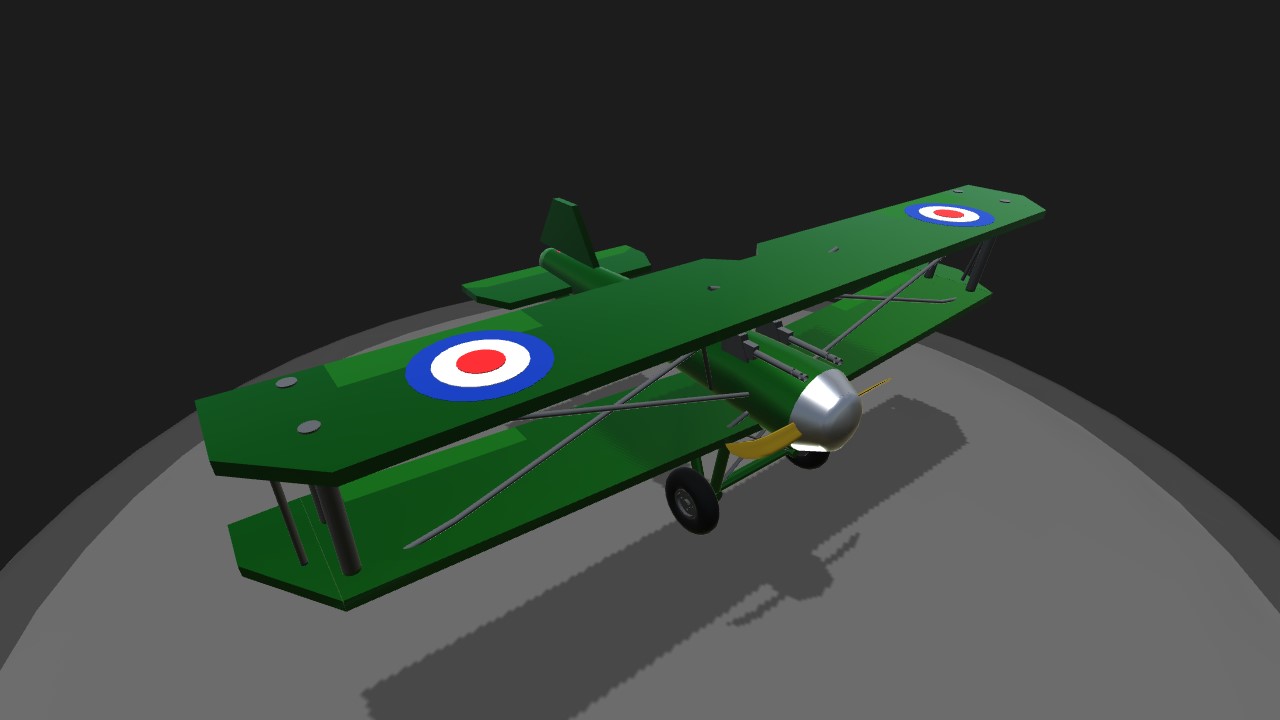

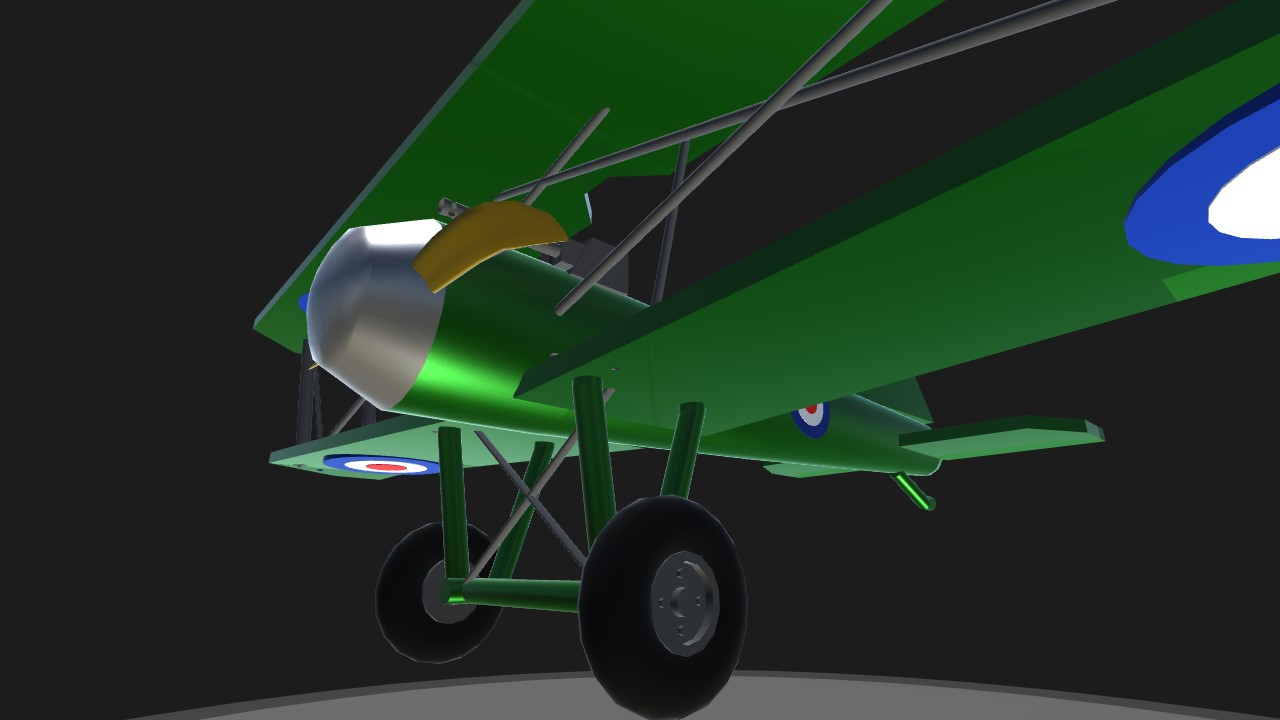
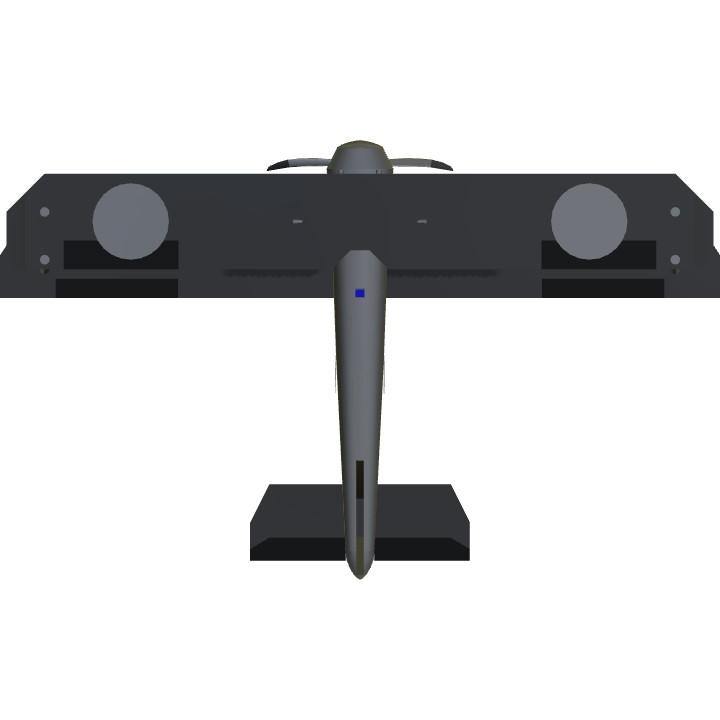
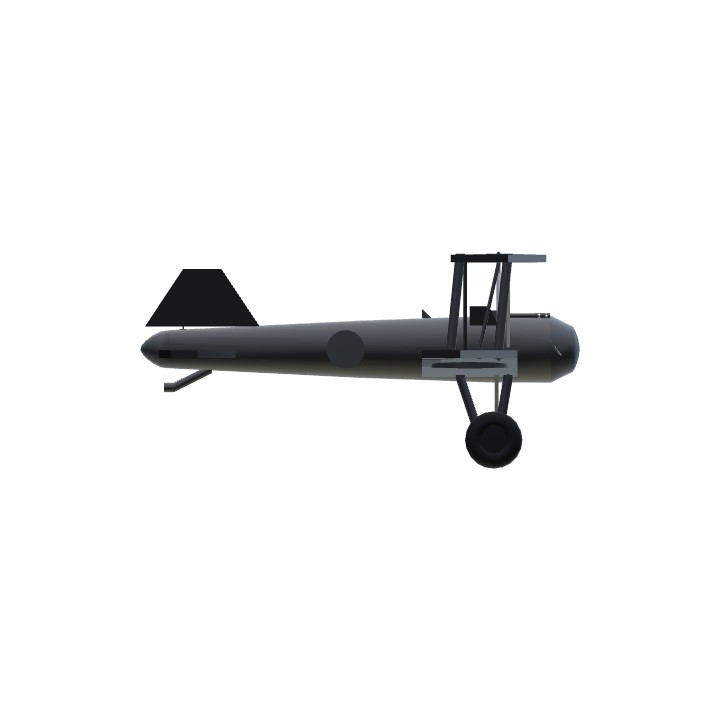
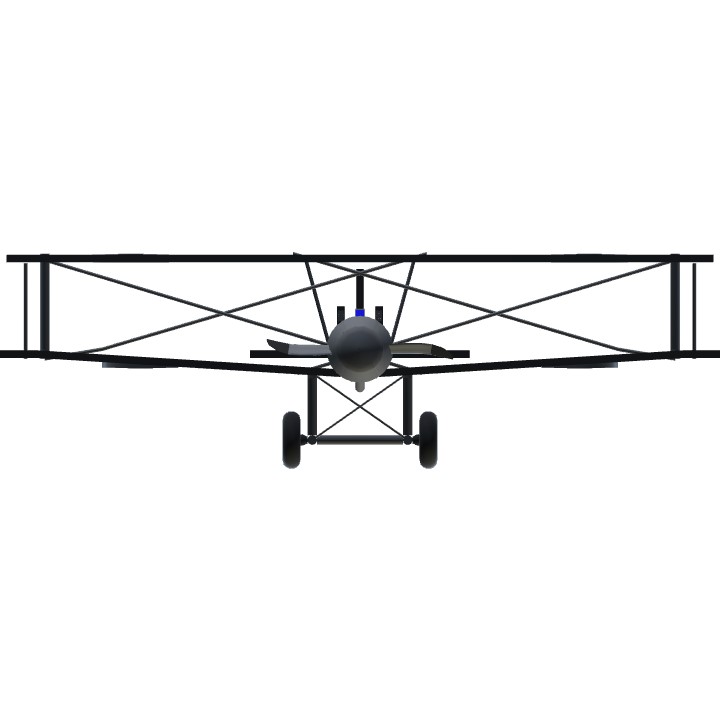
Does this have the indescribable wings?
@Supercraft888 Thank you!
@SimpleFlow Thank you!